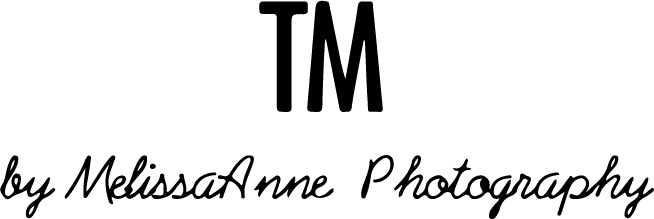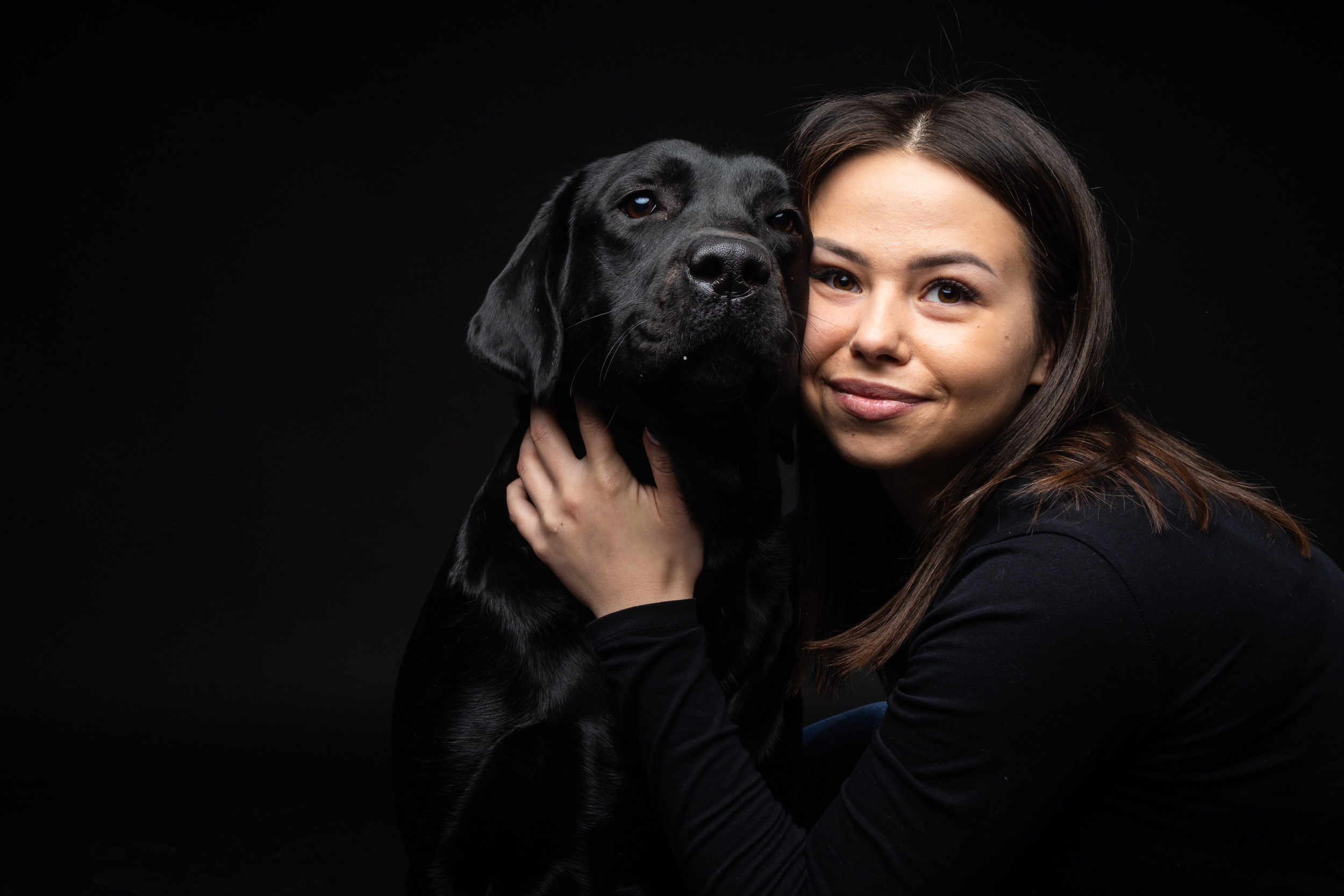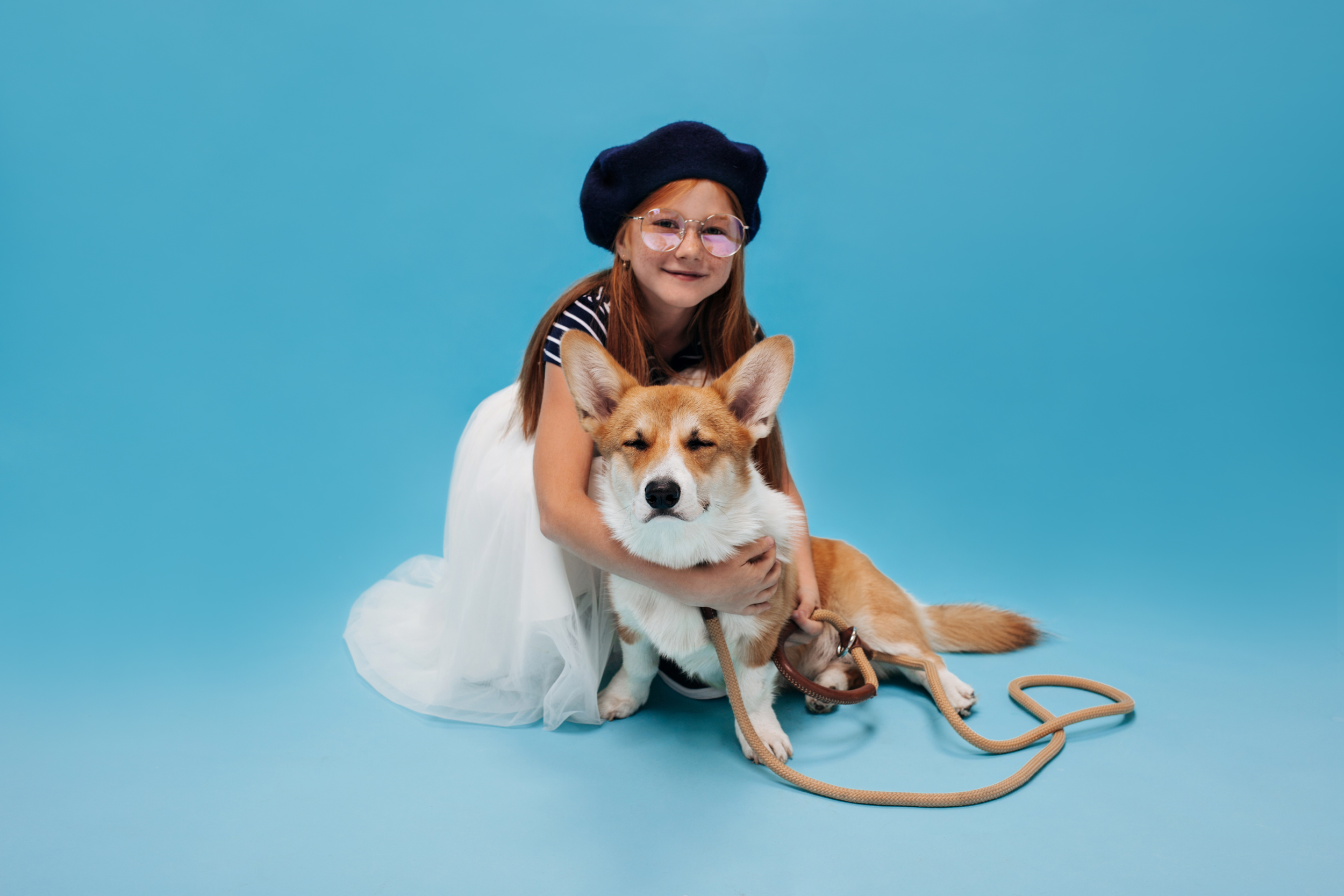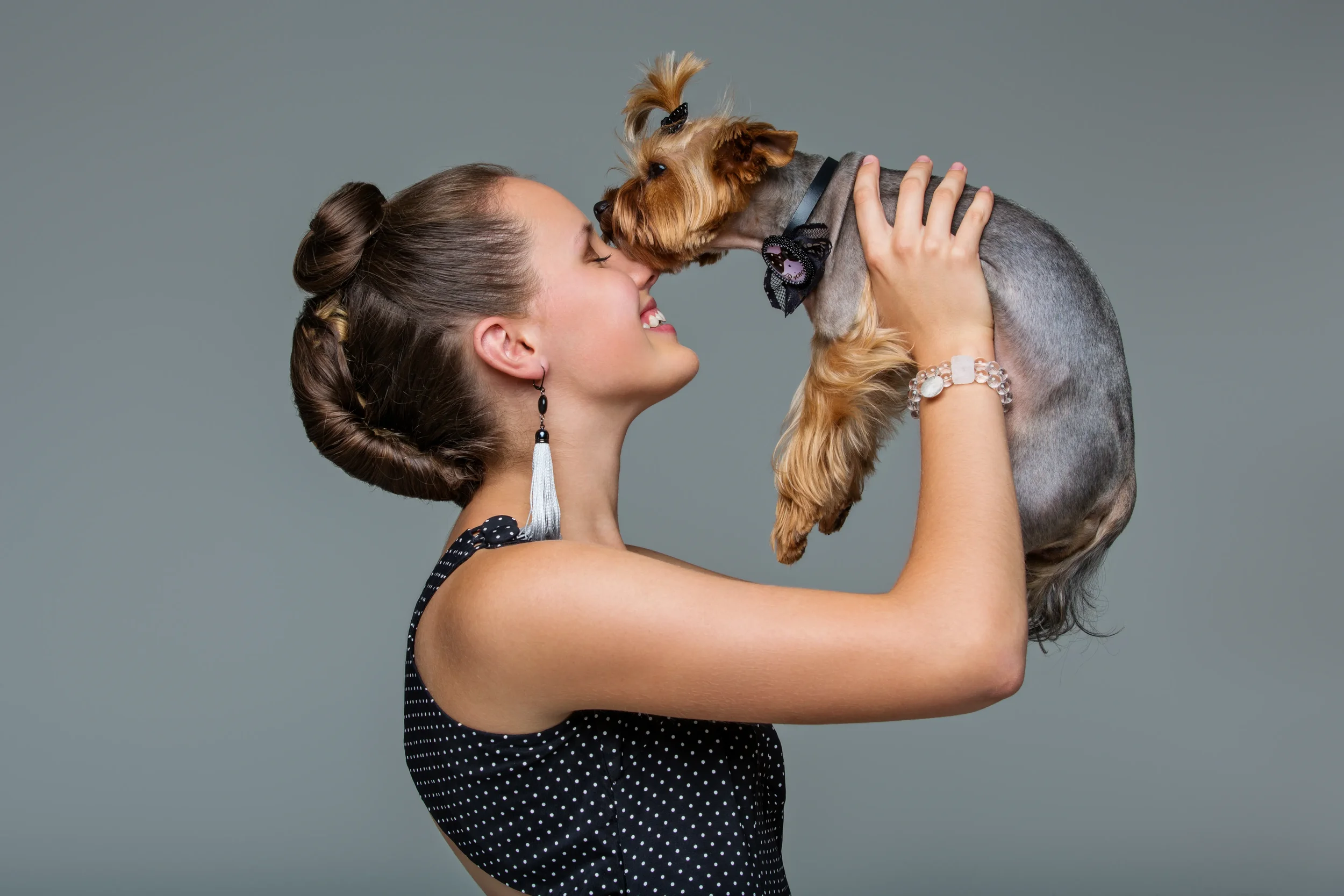Best Camera Settings and Gear for Stunning Pet Photography
A pet photography service isn’t just about clicking a button but it’s about capturing the heartbeat of a moment. Anyone who’s ever tried to photograph a restless puppy or a cat with a mind of its own knows that patience and timing matter as much as equipment. Every glance, stretch, and wag carries emotion. That’s the magic good photographers chase.
Whether it’s a dog sprinting toward the lens or a kitten perched by the window, knowing how to set up your gear makes all the difference. Great pet photography isn’t luck. It’s understanding how to blend light, timing, and comfort to let the animal’s character shine.
Why a Pet Photography Service Matters
A professional pet photography service knows what happens behind the lens isn’t always predictable. Pets move fast. They blink at the wrong moment, chase reflections, or decide to nap mid-shoot. That’s why the process calls for experience and adaptability knowing when to wait and when to snap.
Professionals do more than manage equipment. They read energy. They know when to give space and when to engage. The goal is simple: make the pet feel safe enough to be themselves. When that happens, the camera doesn’t just capture fur and eyes, it captures a story.
A trusted photographer brings that balance of calm direction and quiet observation. The photos that result, those natural smiles and spontaneous tilts of the head are why people seek out professionals instead of relying on quick phone snapshots.
The Gear Behind Every Beautiful Shot
Even with a calm pet and perfect timing, gear matters. A pet photography service that delivers top-tier results always starts with reliable equipment built for motion and precision.
| Gear | Purpose | Recommended Option |
|---|---|---|
| Camera Body | Handles motion and quick focus | Mirrorless or DSLR with advanced autofocus |
| Lens | Defines depth and softness | 50mm or 85mm prime for portraits, 70–200mm zoom for movement |
| Lighting | Shapes tone and balance | Softbox or window light for gentle highlights |
Fast autofocus and a high shutter speed prevent blur when animals dart around. A wide aperture between f/1.8 and f/2.8 helps isolate your subject and soften distractions in the background.
Professionals also use continuous-shoot mode to capture multiple frames per second because the perfect expression lasts only a heartbeat. The right gear doesn’t just make photos clearer, it makes stories sharper.
Getting the Settings Right
The foundation of every strong image lies in the settings. The numbers might look technical, but they tell the camera how to interpret light and motion. Most experts running a pet photography service rely on these tried-and-tested setups:
| Scenario | ISO | Aperture | Shutter Speed | Focus Mode |
|---|---|---|---|---|
| Indoor studio | 400–800 | f/2.8 | 1/250s | Continuous AF |
| Outdoor daylight | 100–400 | f/3.5 | 1/1000s | Tracking AF |
| Low light | 800–1600 | f/2.0 | 1/200s | Spot Focus |
Outdoors, where pets move freely, faster shutter speeds freeze the action. Indoors, soft lighting paired with a slightly higher ISO keeps every whisker defined. What matters most is flexibility - reading the scene and adjusting instinctively. Once the camera feels like an extension of the hand, creativity takes over.
Creative Angles and Ideas to Try
Every pet photography service develops its own rhythm, but creativity keeps things fresh. The more stories a session tells, the more memorable the results.
Try these ideas that never fail to impress:
Puppy posing: Get down to their level. Let them come toward the lens. The energy in those moments is unbeatable.
Dog and owner pictures: Capture connection. A shared look or playful tug can say more than a posed smile ever will.
Cute pets at play: Motion is life. Use burst mode and catch them mid-leap or mid-laugh.
Family with dog portraits: Natural interaction, not rigid posing, brings warmth.
Outdoor adventures: A pet in nature always shines. Golden hour - when the sun is low and soft, adds magic no filter can replicate.
Animal photography thrives on unpredictability. The secret is being ready to capture what the pet offers, not forcing a pose that doesn’t fit.
Creating a Calm Studio Environment
Inside a pet photography studio, control is everything, light, backdrop, sound. But pets don’t care about setups; they care about comfort. That’s why professionals create welcoming spaces that feel safe.
Soft lighting avoids glare in the eyes or reflections on fur. Muted backdrops like greys, creams, soft blues make the pet the focus. A comfortable blanket or small prop often helps them settle.
Calm energy changes everything. When a pet relaxes, genuine moments surface: a gentle blink, a curious tilt, a stretch. Those are the details that make professional pet portrait photography stand apart.
Outdoor Pet Photography: Where Personality Comes Alive
There’s something honest about shooting outdoors. A pet photography service that embraces nature uses it as a stage for real emotion.
In open spaces, light shifts constantly, and pets explore without boundaries. Using continuous autofocus ensures every movement stays sharp. Adjust ISO as the sun moves or clouds pass - tiny tweaks that keep tones natural.
A favorite trick among professionals is to let pets play first, then photograph them mid-motion. That mix of excitement and freedom produces some of the best dog photos imaginable like tails flying, tongues out, pure happiness caught in motion.
The Subtle Art of Editing
After the camera rests, the real magic happens in editing. Professionals running a pet photography service know the goal isn’t to change the photo but to refine it.
Brightness, contrast, and sharpness get balanced first. Then comes detail - lifting fur texture, sharpening eyes, softening shadows. Editing is where emotion meets precision. Every adjustment aims to highlight the pet’s charm, not hide flaws.
Animal portrait photography benefits from restraint. Keep colors natural, fur soft, and light believable. When done right, the result feels real but elevated like memory polished into art.
Why Professional Pet Photography Is Worth Every Shot
A pet photography service turns everyday companionship into lasting art. The difference between a snapshot and a portrait isn’t just gear, it’s patience and storytelling. Professionals wait for expression, read behavior, and build trust until the animal forgets the camera exists.
These photos often become keepsakes that families treasure, reminders of loyalty, comfort, and unconditional love. A single look frozen in time can mean more than a hundred casual pictures. That’s the power of thoughtful professional pet photography.
Preparing for a Successful Photo Session
A great session begins long before the flash. Every good pet photography service encourages clients to plan a few details:
Groom pets the day before for cleaner fur lines.
Schedule around their calmer times, post-walk, post-meal.
Bring treats and familiar toys for comfort.
Keep the energy positive; frustration shows in photos.
Allow time. Patience leads to authenticity.
The less rushed the environment feels, the more natural the results become. True emotion can’t be staged, it’s earned through comfort.
What Makes a Pet Photo Stand Out
Sometimes it’s not the lighting or the camera at all, it’s the connection. A pet photography service succeeds when the photographer anticipates emotion rather than waits for it.
That’s what separates ordinary pet pics from portraits that linger in memory. It’s in the glance toward an owner, the perk of an ear, the confidence in a stride. Every pet carries a world of personality. The photographer’s job is simply to listen with the lens.
Conclusion:
Behind every stunning animal portrait lies patience, practice, and purpose. A pet photography service weaves all three together to tell stories that words never could. The gear sets the stage. The settings guide the scene. But heart - that’s what makes it art.
Each photo becomes a tribute to companionship and joy, an image that lives on long after pawprints fade. With care, understanding, and creativity, anyone can transform their photography from simple pictures into emotional, timeless keepsakes.
Frequently Asked Questions
What’s the best camera for pet photography?
Mirrorless or DSLR cameras with quick autofocus, such as Canon R6 or Sony A7 IV, deliver sharp, detailed results.
How do professionals keep pets still?
They rely on patience, playfulness, and treats. The goal isn’t to force stillness, it’s to capture comfort.
What lens should be used for portraits?
A 50mm or 85mm prime lens works beautifully for close-ups; a 70–200mm zoom helps outdoors.
Is natural light better than studio lighting?
Natural light adds warmth, while studio setups provide full control. The best choice depends on the pet’s comfort.
How do you prevent motion blur?
Use a shutter speed of at least 1/500s and keep autofocus tracking on.
Should owners appear in the photos?
Absolutely. Dog and owner pictures add emotion and context, they complete the story.
What’s the best time of day to shoot outdoors?
Golden hour, just after sunrise or before sunset - it gives soft, flattering tones.
How should pet photos be edited?
Subtly. Enhance details and brightness but avoid over-processing that removes texture.
What gear is essential for studio work?
Soft boxes, diffusers, neutral backdrops, and enough open space for comfort.
How can someone start a pet photography service?
Learn animal behavior, build a diverse portfolio, and offer local sessions to gain experience and trust.



